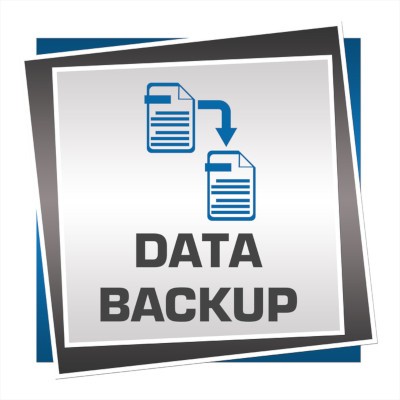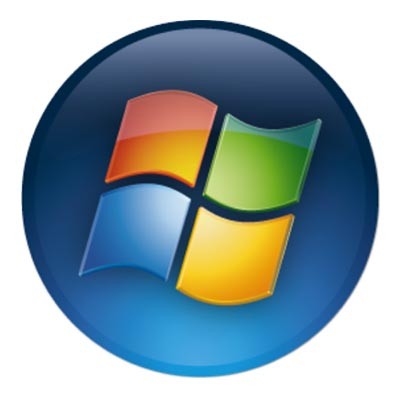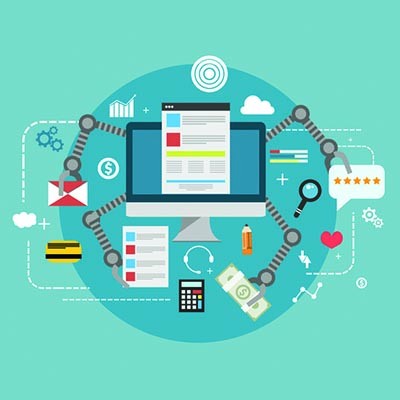If you take a look at any computer in an office environment, there is a solid chance that it is running the Windows operating system. Whenever we have the opportunity, we like to share tips and tricks to help both normal and power users alike get the most out of their operating system. Follow these tips and you’ll be able to make navigating your computer just a little bit easier.
Washington Works Blog
It’s imperative that you keep your IT infrastructure under control, but many organizations push it to the side. The problem is that ignoring IT often makes it so that you aren’t properly evaluating your technology infrastructure and support, meaning that you could be wasting time and resources that would be better spent elsewhere. Ask yourself the following questions to determine whether or not your IT systems are being maintained properly.
“By failing to prepare, you are preparing to fail.”
This quote is frequently attributed to Benjamin Franklin, and while it may not have actually been said by the Founding Father, it still teaches a valuable lesson - especially where disaster recovery is concerned. In other words, you need to make sure you have a working disaster recovery strategy - working being the key point.
Windows 10 calls on the success (and failures) of previous versions of the operating system to deliver a truly dynamic solution to users. To get the most out of your Windows 10 workstation, we recommend following these five tips. They are simpler than you might think, and you can get unprecedented value out of them.
Business owners try to avoid downtime like the plague, but it’s often a challenge to do so. The impact of downtime can be devastating for even the most well-to-do business, and this is even more so the case when you bring profits and bottom lines into view. We’ll take a look at how you can calculate the cost of a downtime event.
Just like you can form habits to be more productive, you can also form habits that expose your organization to risky situations, namely security problems. Your employees in particular are likely to have picked up a couple of nasty habits over time, so it’s up to you to address them and keep them from becoming an issue in the long term.
Backup and disaster recovery (BDR) might seem like a singular process, but in reality it’s more of a combination of processes that work in tandem with each other. Backup and disaster recovery both require a different perspective and approach in order to make sure they play nicely with each other. We’ll attempt to address this difference and give you the information needed to make the best decisions possible for your solution.
Microsoft Office is the most utilized productivity suite in the world; and, there are several reasons why. One of the most cited is that they routinely update the applications with new and innovative features. Office 2019 has been out for just under a year and today, we’ll talk about the biggest improvements Microsoft has made within their signature productivity suite.
It’s difficult to put a value on your organization’s technology solutions. While you might be tempted to assign a monetary value based on how much it all saves you, you also need to examine how much it costs you in the long term. Can you optimize your network even more than it currently is? Can you even keep track of the countless moving parts of your IT infrastructure? Managed IT might be able to help.
Traditional telephone systems used to be necessary to getting work done in the office and communicating with clients, but in today’s business world, with access to plentiful cloud-based options and the world’s resources at your fingertips, you have other potential assets to pull from. By utilizing a Voice over IP phone system, you too can free yourself from the clutches of telephone companies and move your organization in the right direction.
Capital One is one of the largest credit card issuers in the world. On July 29th 2019, Capital One made an announcement, confirming it is the victim of one of the largest data breaches in financial sector history, as a former software engineer for Amazon has been indicted on charges related to the hacking.
Windows is a great operating system, but unless you’re keeping track of which version you have, you’ll be in for a rude awakening when it comes time to upgrade. In just six short months, there will be two Windows End of Life events for major technology solutions: Windows 7 and Windows Server 2008 R2. You need to start thinking about upgrading now before it’s too late to do so.
Businesses need to be extremely careful about how they protect their interests, but just in case something unfortunate happens, you want to have measures in place to guarantee that your future is secure. To this end, data backup and disaster recovery is critical. We’ll walk you through what you need to know about implementing data backup and disaster recovery, including the best way to make it happen.
It can be a real head-scratcher when one of your otherwise well-performing employees routinely falls for the simulated phishing attacks that you roll out as a part of your cybersecurity awareness strategy. For all intents and purposes, the person is a great employee, but when it comes to acting with caution, they fail. If you’ve made a point to prioritize your staff’s working knowledge of phishing attacks, do you replace this employee? We’ll take a look at it today.
In the late 1970s and early 1980s, Bell telephone companies were making a mint off of offering the ability to call your friends and family that lived outside your predefined region, charging up to $2 per minute (during peak hours) for long distance calls. The problem for many people was that these regions kept shrinking. Some people decided to combat this costly system by reverse engineering the system of tones used to route long-distance calls, thus routing their own calls without the massive per-minute charges demanded by long-distance providers. These people were called Phreakers, and they were, in effect, the first hackers.
All Windows machines are capable of leveraging built-in shortcuts. While it might sound ludicrous, using keyboard shortcuts can eliminate the eight days that the average employee spends every year moving between the keyboard and mouse. Shocking, right? Keyboard shortcuts let you retake all of that lost time and use it to be more productive.
All good things must eventually come to an end, and that includes your business’ technology solutions. The end of a Windows operating system’s reign on the market is always an eventful time, as you have businesses that take proactive measures to ensure they don’t fall behind the times before the end of support date, and you have those who wait until the last minute and put their organizations at risk because of it.
Automation has been a hot button term for some time. Whether it is in reference to robots that manufacturers use to make their assembly lines more effective, the integrated workflows that today’s customer relationship management software presents, or A.I. crawling through mounds of data to help an entrepreneur better understand his/her business, automation is helping businesses move faster and be more agile. Today, we will look at how organizations are using automation, and how, even if it isn’t a big part of your business strategy today, it will need to be in the future.
Accountants are asked a lot of questions. You’d expect as much as they manage a lot of organizational money, and can give small business owners and executives straight-forward advice about whether or not investments make sense for a company. With the recent increase in technology use for small businesses, accountants have been fielding more than financial queries, they’ve been directly asked about whether a business should implement technology. Today, we are going to explain why, regardless of the answer, your accountant is the wrong person to ask.




















